Exciting possibilities with Motorola’s Ready For
Are you ready to take your Motorola smartphone to the next level? With Ready For, you can connect your phone to your computer or external display/TV and enjoy your favorite apps and content on the big screen! The experience is absolutely seamless. Have you ever wondered about all the amazing ways you can use this technology? Or what you need to get started? Or even if there are any pesky limitations to be aware of? Keep reading to unlock the full potential of Ready For!
What is Ready for?
Ready For is a remarkable feature that facilitates seamless integration between your Motorola Smartphone and your computer or external display/TV, enabling you to utilize your favorite applications on a larger screen. Whether it be through a wired or wireless connection, Ready For offers versatility and accessibility. In my testing, I found that all applications performed well. This is largely attributed to the scaling capabilities of modern-day apps, which enable them to adapt seamlessly to various screen sizes, providing users with a desktop experience, right at their fingertips.
Although Motorola has provided their own page for Ready For, I have found it to be difficult to navigate and lacking in clear information regarding the full range of capabilities offered by the technology. For example, the section dedicated to compatible phones does not provide a comprehensive list, and some of the features are inadequately explained.
Samsung DeX?
Ready For is a contemporary technology that allows the utilization of a mobile device as a desktop. A comparable technology, dubbed DeX, is offered by Samsung, while Microsoft has also experimented with similar offerings. Hence, Ready For is not an entirely novel concept, albeit its implementation is particularly seamless. This article does not seek to make comparisons between Ready For and other offerings, but instead strives to present the potential capabilities that it offers.
Will this replace your computer?
The feasibility of using a phone as a replacement for a computer ultimately depends on one’s specific needs and the nature of the applications being utilized. While a phone may be well-suited for certain tasks such as basic office tasks and email correspondence, it may not be suitable for more resource-intensive applications such as video or photo editing. It is crucial to consider the limitations of a mobile device when attempting to accomplish more demanding tasks.
Ready For enables users to seamlessly perform a wide range of professional tasks, including but not limited to email correspondence, presentations, document editing, and online meetings. The feature allows for efficient and productive work, all while enjoying the convenience of a larger display.
For individuals who engage in coding activities, Ready For offers a solution by enabling virtual desktop connections to remote machines capable of executing resource-intensive tasks such as code compilation. This capability grants access to tools that may not be compatible with a mobile device, providing an enhanced user experience. However, it is important to note that a constant internet connection is required for this feature to operate optimally. Although this solution may be viable in the short term, it may not be a permanent replacement for a desktop or laptop computer.
What can it do?
Connect to your PC, wirelessly (WIFI)
- View your mobile phone screen as a mirrored screen, on the PC. Interact with the phone from your computer.
- View individual apps on the PC. Every app will run in a window.
- View your mobile phone “desktop” on the PC. This is akin to having a Google desktop / Chromebook like experience / Android tablet view. Apps run in windows or full screen. Like having another computer.
- Share files
- Use your mobile phone as a Webcam
- Use your mobile phone as a hotspot
Connect to screen using USB-C cable
- View media or movies full screen on the TV
- Play games
- Use your desktop
What will I need in order to use Ready For?
A Windows 10 or 11 computer. As far as I know, it does not need to be a Lenovo one or ThinkPad one.
A Motorola phone that supports Ready For. At least the Edge 30 series and the ThinkPhone supports this.
I personally tested this on an Edge 30 Fusion device, although I would love to test drive this with a ThinkPhone. 🙂
Connecting to your PC
You will need to download the Ready For app from the Windows Store in order to use the computer connections.
App streaming
This streams a single app to the computer. You can of course stream multiple apps at once. You just long press on the app (desktop or app drawer) in the phone and select the option to Open on PC. In order for this option to show up at all, you will need to have Ready For running on the computer and have it connect with the mobile device.
Streaming can be effective for simpler applications, however, applications that necessitate the use of multi-point gestures while lacking support for alternative input methods can potentially result in usability complications.
You can use your clipboard on the PC to move information in and out of the apps. For example, I could use my password manager on the PC and just paste information into the app.
This is a valuable capability for running mobile applications on a personal computer that lack a dedicated PC application or present usability challenges. For instance, it enables the direct use of WhatsApp from a mobile device, obviating the need to complete the QR code pairing process that it typically entails. Furthermore, this feature eliminates the need for frequent login requests when accessing most mobile applications on a PC or web browser, which often require users to re-authenticate due to session expiration. By streaming the application directly to the PC, this issue is resolved and users can access the application effortlessly from their computer.
Desktop view
Ready For’s virtual desktop feature enables a Android tablet like / ChromeBook-like desktop that can be accessed from a PC in a manner similar to a remote desktop. The user is presented with familiar icons, windows, and full-screen applications, complete with the ability to snap windows to the sides for enhanced multitasking capabilities.
This feature grants users the ability to perform tasks typically associated with a desktop computer, including document editing, email correspondence, and other job-related functions. It is important to note that the processing capabilities of the phone’s CPU, as well as the supported applications, may ultimately dictate the user’s experience with this feature.
Using as a webcam
Upon installation of the Ready For application from the store, a new webcam will be detected by the system. It is important to note that a connection between the phone and the computer must be established before any images can be transmitted.
Once the phone is connected, both the front and back cameras can be utilized seamlessly within third-party software, such as Teams or Zoom, providing an enhanced video conferencing experience. Additionally, the phone can serve as a secondary, movable camera during streaming activities.
You will probably need a tripod or some other way to hold your phone in front of you / on top of monitor, etc.
You can adjust the settings for the camera in the Ready For app.
The same settings are also adjustable on the phone itself.
After setup, you can select the Motorola Ready For Camera as a camera device.
Using as a hotspot
You can use your phone to connect to the internet.
Receiving files
When you are sharing a file on the phone, you can simply share it to Ready For from the share sheet. This will allow you to select a PC and have the file sent directly there. The PC will also require you to accept the file, after which it will be available in the Downloads foler.
Although the process is simple enough, I did have some problems with the file failing to be sent sometimes. Retrying usually solved the problem.
Using with a display
To connect your phone to a display, a USB-C connection can be utilized. For keyboard and mouse connectivity, Bluetooth-enabled devices are required, or alternatively, a display that doubles as a USB hub can be used to connect the keyboard, mouse, and other peripheral devices, allowing for a streamlined user experience. When the USB-C cable also provides power, users can establish a mobile desktop setup with ease, further enhancing the convenience of Ready For.
In instances where the display or TV being used for Ready For does not feature USB-C connectivity, a USB-C to HDMI adapter can be utilized. I tried this functionality on a 4K TV. It is worth noting, however, that when using such an adapter, the USB-C port will be occupied, preventing the phone from charging simultaneously.
Furthermore, Ready For boasts compatibility with wireless TV connections, allowing for enhanced flexibility and ease of use.
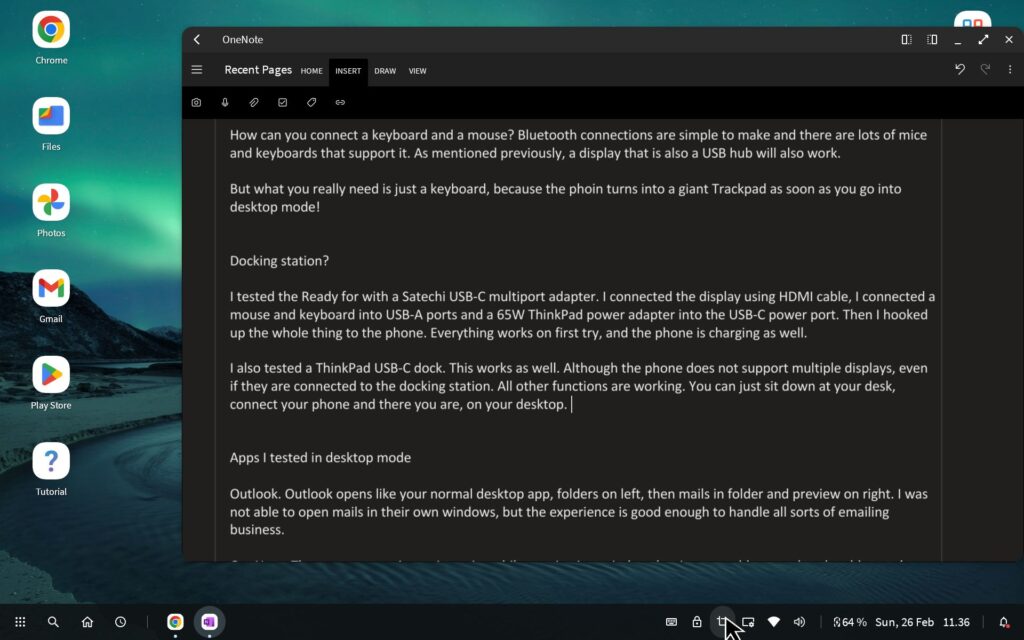
Peripheral
Connecting a keyboard and mouse to Ready For can be accomplished through various methods.
- Bluetooth connections offer a simple and efficient solution, with a plethora of compatible mice and keyboards available on the market.
- Alternatively, a display that also functions as a USB hub can serve as a viable option for connecting peripherals.
- In desktop mode, the phone itself can be utilized as a large trackpad, obviating the need for a separate mouse.
Ultimately, the best option willdepend on individual user preferences and needs.
Docking station?
During my testing of Ready For, I utilized a Satechi USB-C multiport adapter to establish connections with peripheral devices. An HDMI cable was employed to link the display to the adapter, while a mouse and keyboard were connected via the USB-A ports. Additionally, I used a 65W ThinkPad power adapter, connected through the USB-C power port, to ensure consistent and reliable power delivery. All components functioned seamlessly on the first attempt, and the phone remained charged throughout the testing process.
As part of my testing, I also checked compatibility of the ThinkPad USB-C dock with Ready For. We found that while the phone does not support the use of multiple displays, all other functions of the docking station were successfully enabled. With this setup, users can seamlessly transition to their desktop environment by simply connecting their phone to the docking station and resuming their work.
It feels like a miniature computer that works as a mobile phone as well as a desktop computer at the same time. Bearing in mind, that the CPU and GPU performance are limiting factors here.
Apps I tested in desktop mode
- Outlook. Outlook opens like your normal desktop app, folders on left, then mails in folder and preview on right. I was not able to open mails in their own windows, but the experience is good enough to handle all sorts of emailing business.
- OneNote. There were some insonsistencies while running in a window, but it was usable enough to be able to take notes.
- Chrome. Works like a desktop browser.
- Remote desktop connection. (RD Client). Works like a charm, I can connect to remote computers.
- Teams. Works like a charm. You can open your calendar, join meetings or read files.
- Slack. Works like a charm.
If you live in Teams, Outlook and Microsoft Office, you will have little difficulty handling your day to day tasks. If you can access the apps you need using Android apps or Web apps in your browser, you should be able to handle everything.
Resolution in desktop mode.
I was able to run my 3840×1200 display in 2560×1200 resolution. FullHD also works, but I am unsure if 4K is supported.
Interesting scenarios
Here are a few interesting scenarios to get your thoughts flowing on what might be possible using Ready For.
- Imagine a mobile display like the ThinkVision M14, a bluetooth keyboard and mouse and your phone together. A portable desktop!
- Go to work, connect your phone to a docking station and you are ready to go. (see the docking station section above)
- You are on holiday with only your phone. You can connect a display (at a café or hotel) to your phone, and you have a mini desktop. Now you can access remote desktop connections to your work in case of an emergency. And you can use your own device, no need to sign into a public computer.
- Movie night at friends. Just hook up to a TV (USB-C to HDMI adapter required) and you are ready to go (no need to sign into your own streaming accounts on friends computer, etc). Just remember to charge the phone beforehand.
- One night I already turned off my computer but needed to check something with a desktop browser. It was either booting-waking from hibernation or maybe … I just connected the phone to the display. It was a quick way to get into a desktop browser, no need to boot or wait. (You’ll need a KVM capable monitor or KVM/dock setup to be able to quickly connect).
Security
Although it is possible to set up automatic connection for Ready For usage, I prioritize security and opt to manually allow every connection attempt. Furthermore, when the phone is locked, it prompts me to authenticate with my fingerprint for additional confirmation.
Any problems?
During my testing, I did experience some occasional issues when viewing the desktop on the PC or while using the single app streaming feature. Specifically, the keyboard would behave erratically, as if the SHIFT or CONTROL keys were stuck. However, I found that restarting the Ready For app on the PC resolved the issue. It’s worth noting that this problem did not occur consistently.
Conclusion
This technology truly delivers a remarkable experience, offering the convenience of a mobile phone and the functionality of a desktop computer combined into one seamless device. The fluid transition between the two modes of operation is truly impressive, providing users with unparalleled flexibility in getting their work done. It’s incredible how Ready For has managed to push the boundaries of what’s possible with mobile technology, and while the CPU and GPU performance are the primary factors limiting this technology, it still delivers a truly impressive experience that is sure to leave users in awe.
I trust that I have effectively demonstrated the diverse range of use cases facilitated by Ready For. While I have presented various methods of utilization, it is important to acknowledge that not all may be applicable to every individual. Furthermore, it is crucial to understand that Ready For is merely a tool, and not a universal solution. Therefore, the success of its implementation will ultimately depend on the specific work or processes one aims to augment through this technology.
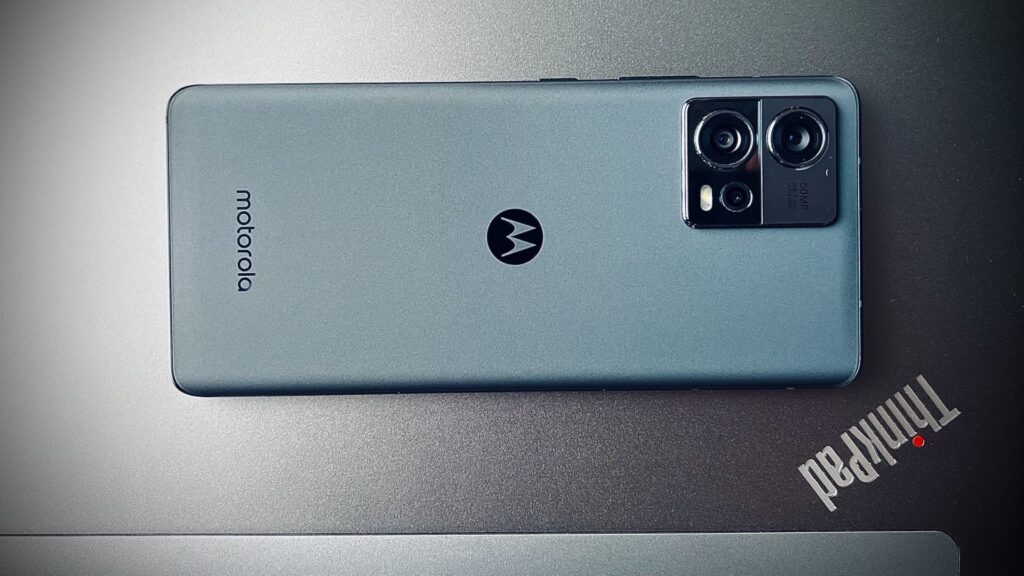
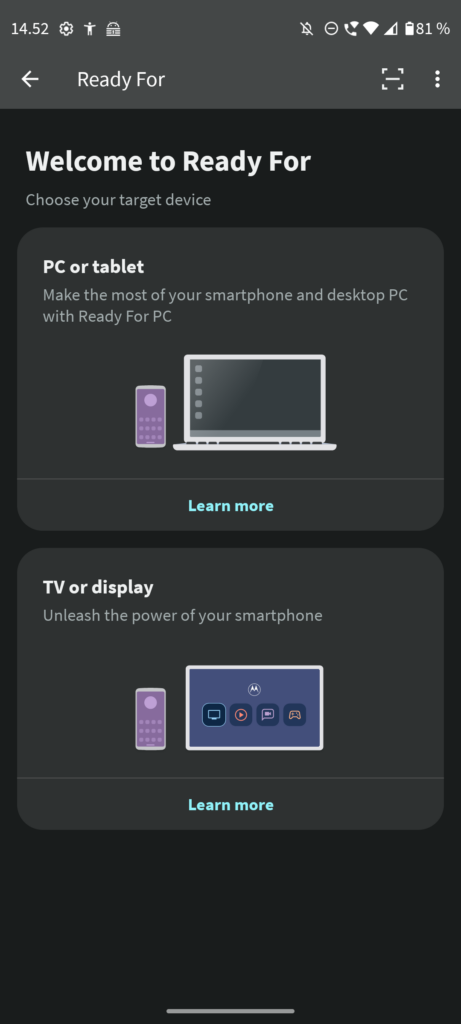
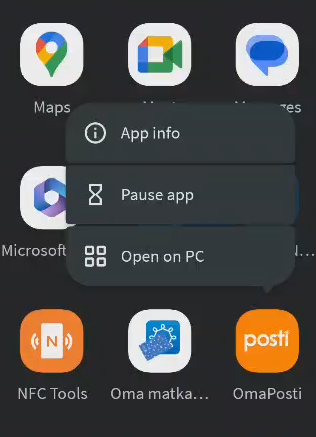

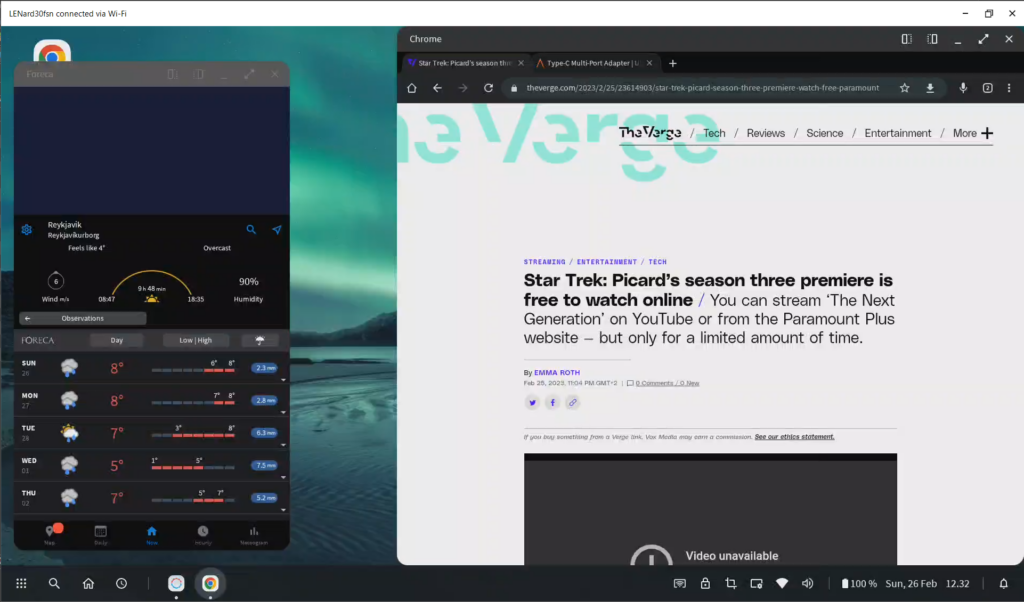
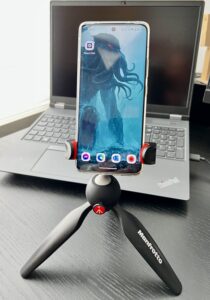

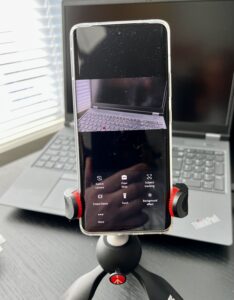

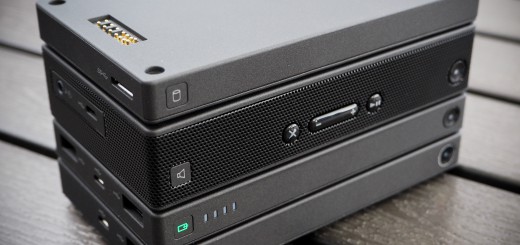
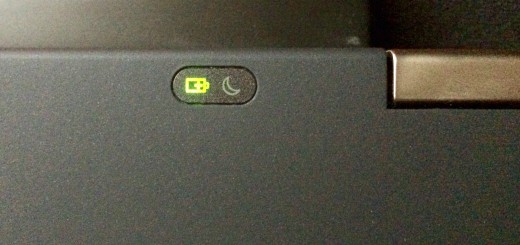
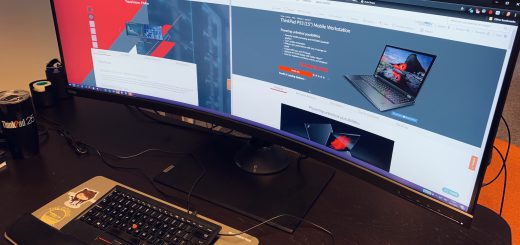







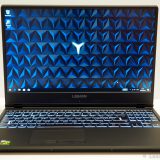
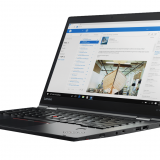
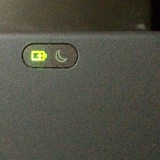
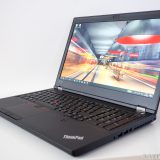
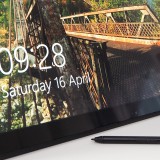
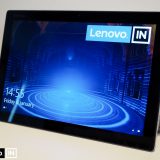
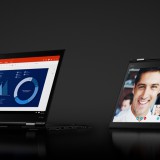
It’s interesting that Motorola’s https://en-emea.support.motorola.com/app/answers/detail/a_id/160550/~/ready-for-compatibility-chart page does not list ThinkPhone as a Ready For supported device. I’m looking for my next generation phone and I want some phone which 1. supports some kind of Android Desktop mode, 2. the GPS module supports one or preferably multiple constellations with dual band, 3. preferably under $500. My lats three phones are OnePluses (OP3T, OP6, OP Nord), but the Desktop Mode there is not as well rounded as Motorola Ready For for example. I also want to ditch my backup laptop (still will have a main machine) and try NexDock or UPERFECT UDock type Lapdocks. Have you tried any of those?